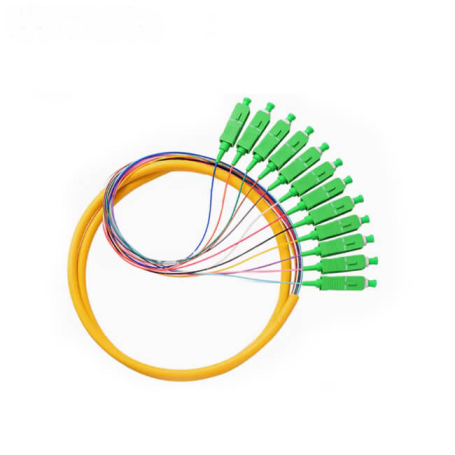In today’s interconnected world, the choice between fibre optic cable and copper cable has become a critical consideration for various industries. Both options have their strengths and weaknesses, and understanding their differences is essential for making informed decisions. In this article, we will provide a comprehensive comparison of fiber optic cables and copper cables, exploring their characteristics, advantages, and disadvantages.
Bandwidth and Speed:
Fiber optic cables offer significantly higher bandwidth and faster data transmission speeds compared to copper cables. Fiber optic cables can transmit data over long distances without degradation, making them ideal for high-speed applications such as telecommunications and data centers. Copper cables, on the other hand, have limited bandwidth and are more susceptible to signal loss over long distances.
Signal Quality and Interference:
Fiber optic cables are immune to electromagnetic interference, making them highly reliable for transmitting data without distortion. They are not affected by nearby power lines, radio frequencies, or other electrical equipment. In contrast, copper cables are susceptible to electromagnetic interference, which can degrade signal quality and result in data errors.
Distance:
Fiber optic cables can transmit data over much longer distances compared to copper cables. With proper signal amplification, fiber optic cables can span several kilometers without signal degradation. Copper cables, on the other hand, have distance limitations due to signal attenuation, requiring signal boosters or repeaters for longer distances.
Size and Weight:
Fiber optic cables are significantly smaller and lighter than copper cables. This compactness makes them easier to install and manage, especially in situations where space is limited. Copper cables, due to their thicker and heavier construction, can be more challenging to handle and require more physical space for installation.
Security:
Fiber optic cables offer enhanced security compared to copper cables. They are extremely difficult to tap into without detection, making them more secure for transmitting sensitive and confidential data. Copper cables, on the other hand, can be vulnerable to unauthorized access or data interception.
Cost:
While fiber optic cables tend to have higher upfront costs than copper cables, their long-term benefits often outweigh the initial investment. Fiber optic cables require less maintenance, have lower power consumption, and offer higher reliability, resulting in cost savings over time. Copper cables may be initially cheaper, but they can incur higher maintenance and operational costs.
Conclusion:
When choosing between fiber optic cables and copper cables, it is crucial to consider factors such as bandwidth, speed, signal quality, distance requirements, size, security, and cost. Fiber optic cables excel in high-speed, long-distance, and secure data transmission, making them ideal for industries such as telecommunications, networking, and data centers. Copper cables, on the other hand, are still widely used for shorter distances and applications where cost is a significant consideration.
Ultimately, the choice between fiber optic cables and copper cables depends on your specific requirements, budget, and future scalability. By understanding the strengths and weaknesses of each option, you can make an informed decision that best suits your needs and ensures optimal performance in your communication and networking infrastructure.








